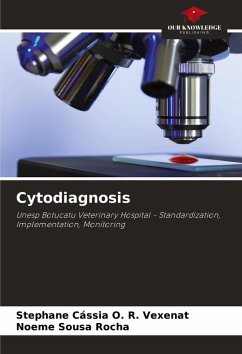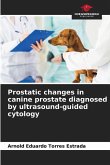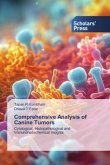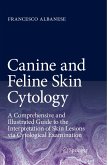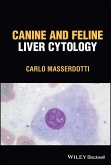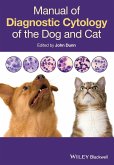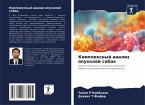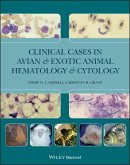The microscopic study of cells obtained from organs, in the form of serous effusions from cavities or brushings, began in the mid-19th century (KOSS, 1972; ACTA, 1998). George Papanicolaou contributed greatly to the concept of exfoliative cytology using vaginal secretion smears and this concept has been transformed by the use of other techniques to collect cytological samples (McKEE, 1997). It is a method of diagnostic investigation based on cell morphology acquired by different collection techniques. The advantages of cytological examination are well known, as it is a low-cost, simple, outpatient procedure that does not require hospitalization or tranquilizers. There is also a reduction in surgical procedures, whether for unresectable masses, or even when treatment is not the first choice. Based on the above considerations, the main aim of this work was to standardize inflammatory and non-inflammatory lesions by cytological examination, in order to add information to help diagnose animal diseases in the routine of the UNESP Veterinary Hospital in Botucatu.
Bitte wählen Sie Ihr Anliegen aus.
Rechnungen
Retourenschein anfordern
Bestellstatus
Storno

